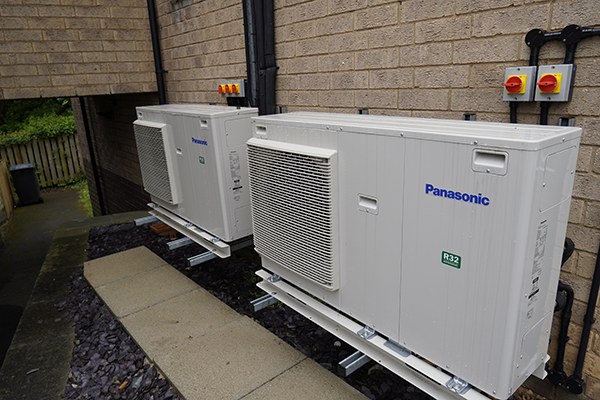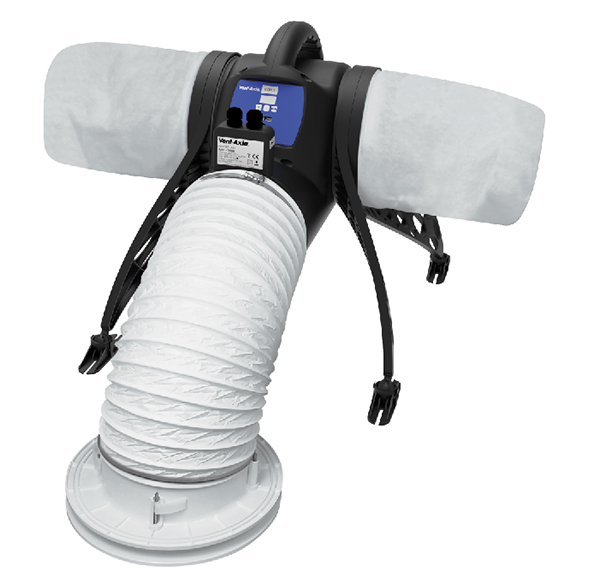The SMART approach to identifying mould risk with Testo

Learn everything you need to know about assessing mould risk with the FREE Testo Mould Guide. Mould can pose significant risks if not identified and remediated early. However, Testo offers a comprehensive range of products specifically designed to maintain safe and healthy living conditions in both residential and commercial buildings, helping to prevent respiratory issues and allergic reactions caused by mould growth. Testo's devices measure critical parameters such as airflow, surface moisture levels, and temperature. Here are some of the most popular products:



















